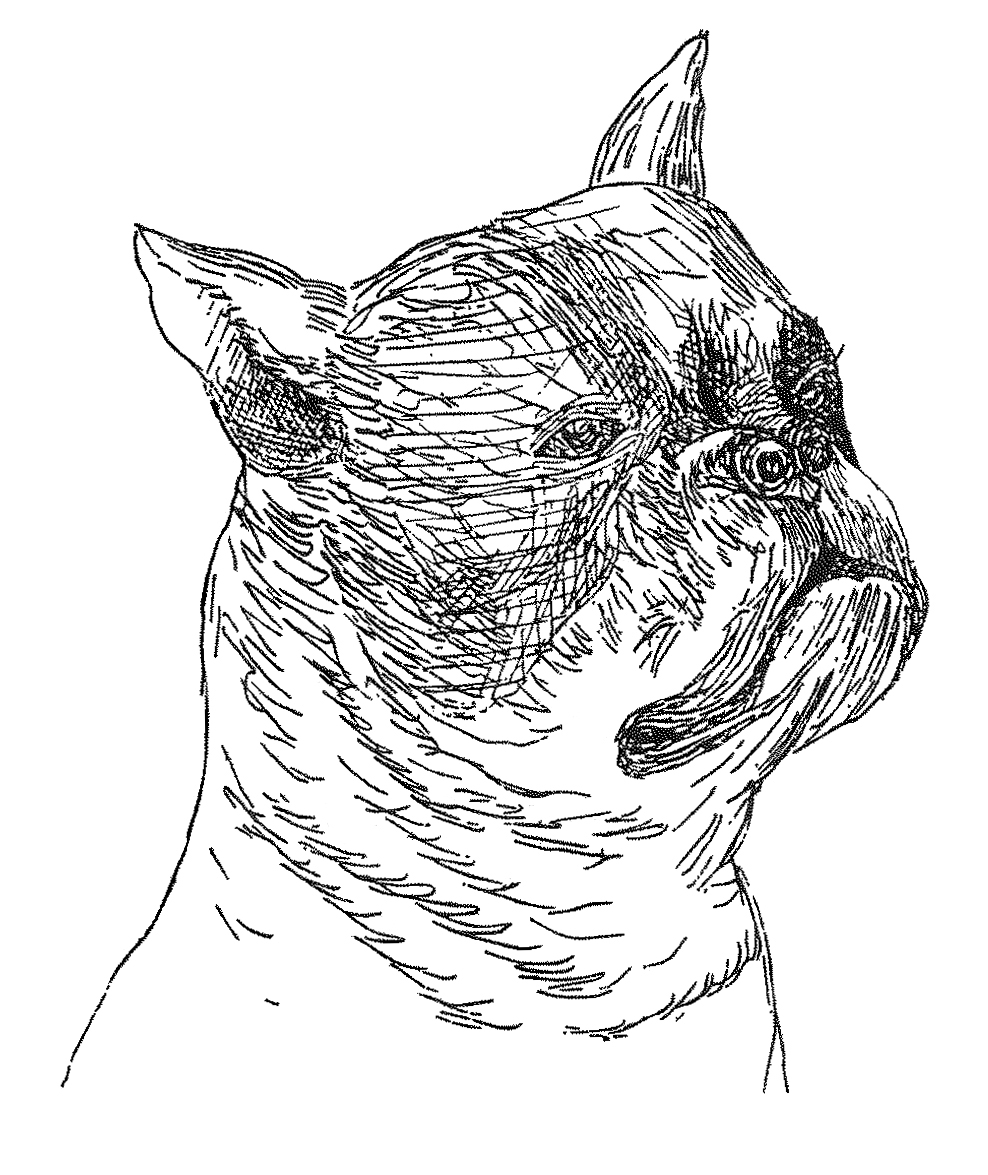To J. V. Carus 16 September 1867
Down. | Bromley. | Kent. S.E.
Sep. 16th. 1867
My dear Sir,
First let me thank you for your very kind and honourable little Biography of myself, which you were so kind as to send me.1
With respect to the clean sheets, you may rely on it that they shall be sent the very day I receive them.2 Three or four sheets were returned ready for the press several months ago, and why they have not been printed off I know not. I have almost finished the first proofs of the whole work and on October 1st hope to begin on the second proofs or Revises, so there will be some delay after you receive the next two or three clean sheets, about which I have written to the printers today.
I have difficulty in answering about the Dogs, partly from not knowing the foreign breeds, and partly from the changes which the English breeds have undergone during the last century.
Our Bulldog perhaps is nearest to the Canis molossus, as figured by Brehm in his Illust. Thierleben Vol. I, yet differs greatly, and I suspect is peculiar to England.3 My son has made a tracing from a photograph of a first rate dog.4 The German badgerhound is figured by Brehm p. 365 and resembles a turnspit in form of body, though the turnspit figured by Brehm is not characteristic. The German badger hound is not known in England and therefore I added this epithet.5 The fox hound is figured by Brehm p. 376.6 The deer hound is a term applied to two animals viz: the common deer-hound like a large fox hound; & the Scotch deer-hound which is a gigantic rough greyhound.—
The retriever is believed to be a cross of Newfoundland and Spaniel. The Spaniel (a small vary.) is figured by Coll. Ham. Smith plate 15.7 The Setter is well figured by Brehm & by Col. Ham. Smith p 379,8 and is no doubt descended from the Spaniel, but differs greatly in size form and instinct. Please observe that the Canis avicularius according to Brehm p 370 is the pointer. Perhaps I translated Rütimeyer’s Jagdhund &c wrongly.9
With respect to pigeons what you propose about the frill-back seems correct.10 The carrier is the Turkische taube, and the barb is the Indische taube But I will send by this post Neumeister’s work, which please sometime to return to me.—11 I have marked with red letters the English names about which I am certain. I never attended much to the Toy pigeons— You will see an archangel figured. The dragon is a subvar. of the carrier. I do not think the Germans have any quasi-generic name for Runts; the French call them “pigeons romains”.12
It will always give me pleasure to do my very best in answering your questions. Do not be too much discouraged by my first volume for I really think the second is more interesting.
Pray believe me | My dear Sir | Yours very sincerely | Charles Darwin
You are a most conscientious Translator, & I am sure I am grateful for all the trouble, which you have taken.—
[Enclosure]

Bull-Dog
From photograph of “Harold” a two-year old dog weighing 45 pounds
Footnotes
Bibliography
Correspondence: The correspondence of Charles Darwin. Edited by Frederick Burkhardt et al. 29 vols to date. Cambridge: Cambridge University Press. 1985–.
Marginalia: Charles Darwin’s marginalia. Edited by Mario A. Di Gregorio with the assistance of Nicholas W. Gill. Vol. 1. New York and London: Garland Publishing. 1990.
Neumeister, Gottlob. 1837. Das Ganze der Taubenzucht. Weimar: B. F. Voigt.
Rütimeyer, Ludwig. 1861. Die Fauna der Pfahlbauten in der Schweiz. Untersuchungen über die Geschichte der wilden und der Haus-Säugethiere von Mittel-Europa. Basel, Switzerland: Bahnmaier’s Buchhandlung (C. Detloff).
Smith, Charles Hamilton. 1839–40. The natural history of dogs: Canidæ or genus Canis of authors. Including also the genera Hyæna and Proteles. 2 vols. (Vols. 4 and 5 of Mammalia in The naturalist’s library, edited by William Jardine.) Edinburgh: W. H. Lizars.
Variation: The variation of animals and plants under domestication. By Charles Darwin. 2 vols. London: John Murray. 1868.
Summary
Thanks JVC for his biography [of CD].
Has almost finished first proofs of Variation.
Has difficulty in answering JVC’s queries about dogs because of differences in German names and breeds. Refers him to A. E. Brehm’s Illustrirtes Thierleben [1868] and, on pigeons, to Gottlob Neumeister’s book [Das Ganze der Taubenzucht (1837)].
Hopes JVC is not discouraged by first volume. Thinks second will be more interesting.
Letter details
- Letter no.
- DCP-LETT-5628
- From
- Charles Robert Darwin
- To
- Julius Victor Carus
- Sent from
- Down
- Source of text
- Staatsbibliothek zu Berlin – Preußischer Kulturbesitz (Slg. Darmstaedter Lc 1859: Darwin, Charles, Bl. 10–13)
- Physical description
- LS(A) 5pp encl
Please cite as
Darwin Correspondence Project, “Letter no. 5628,” accessed on 16 April 2024, https://www.darwinproject.ac.uk/letter/?docId=letters/DCP-LETT-5628.xml
Also published in The Correspondence of Charles Darwin, vol. 15


